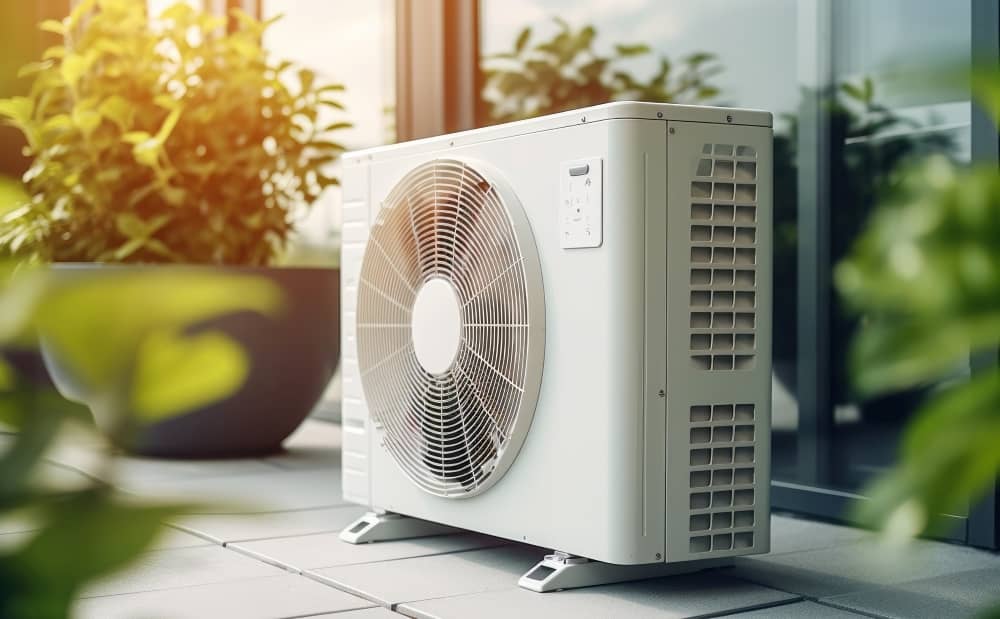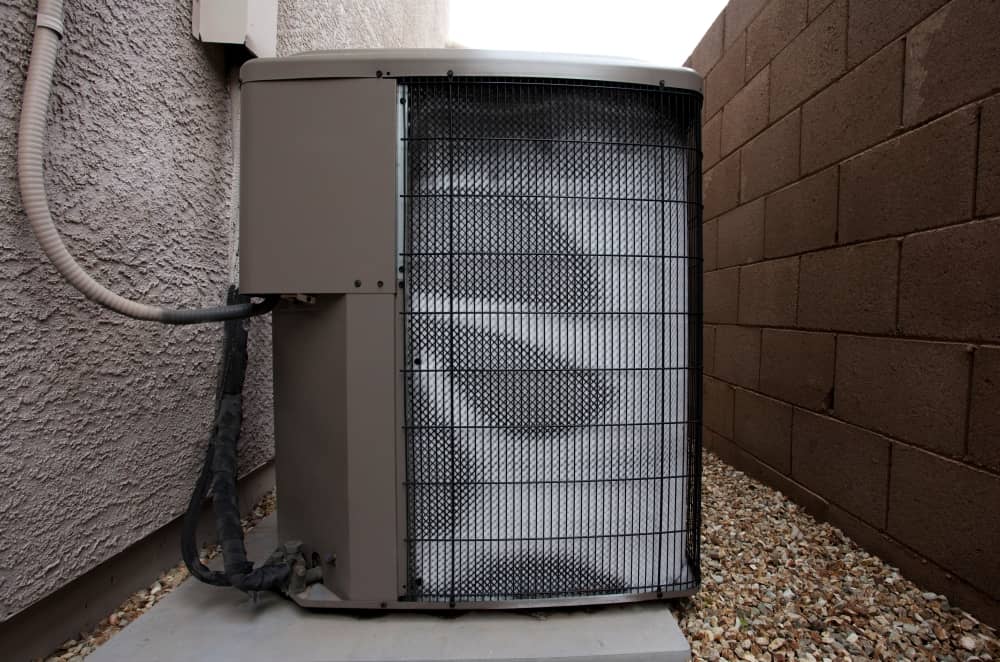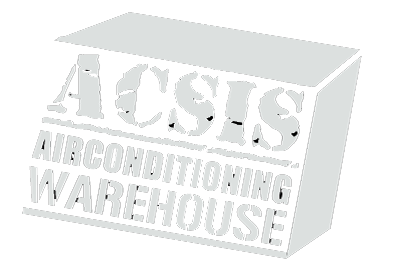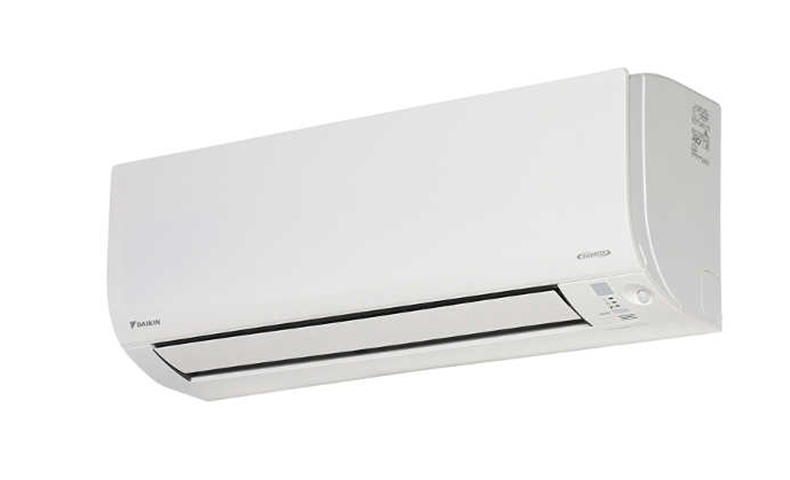Air conditioners transfer hot or cool air to your indoor spaces to achieve optimal room temperatures. However, in colder climates, your air conditioning unit may experience frost buildup on its coils that result from the temperature difference. Frost accumulation may hinder optimal heat transfer and reduce the unit’s efficiency.
HVAC units are equipped with AC defrost mode settings to address this issue. The defrost mode air conditioner feature melts the frost on the unit’s outdoor coils, preventing damage to the system and allowing your air conditioning unit to perform optimally.
What is Defrost Mode?
Understanding the defrost mode meaning should help you to make better use of this feature to guarantee the optimal efficiency and improved lifespan of your AC. The defrost mode feature essentially removes frost buildup from your unit’s outdoor coils to prevent air moisture from condensing on the unit.
Excessive frost buildup can hinder the proper heat transfer process into your home, reducing the unit’s efficiency. AC defrost mode is programmed to automatically activate the process to melt the frost and power off to ensure your system’s optimal performance.
Why Do I Need to Defrost My AC?
Removing frost from your AC’s outdoor coils helps improve its heat transfer process and the system’s overall efficiency. Leaving the frost to accumulate on your AC’s outdoor coils can also impede airflow and insulation properties, making the system work harder than it should to provide heating or cooling.
This increased workload on your HVAC system may lead to the following problems:
- Higher energy consumption
- Decreased comfort levels
- Potential damage to critical system components
AC defrost mode ensures all the frost is melted, allowing the conditioning unit to operate optimally and maintain efficiency.
How Long Does It Take?
The entire defrost cycle of AC units depends on several factors mentioned below. However, the average defrost process may take 10 to 45 minutes. This time difference depends on the following factors:
- The air conditioning brand
- Outside ambient temperature
- Condition of the AC unit
During the AC defrost mode, your unit stops blowing hot air and may start blowing cold air into your space. Many modern HVAC systems have thermostats and sensors to determine when to switch between heating and defrost modes. When these units sense that the outdoor coil has reached a high enough temperature, they switch back to heating mode.
A well-functioning AC unit typically reaches the required heating or cooling temperatures within 10-15 minutes. It is vital not to turn off your AC unit during this process to allow the unit to complete the defrosting process. Turning your air conditioning system off and back on may prevent the process from being as effective.
How Often Will My System Go into Defrost Mode?
The defrost cycle frequency of each air conditioning unit depends on various factors, including the following:
- Amount of heating required
- Outdoor temperature and humidity
- Condition and cleanliness of the AC unit
- Operating conditions
Your AC may switch to defrost mode more frequently in colder environments where temperatures drop below freezing to prevent excessive frost buildup. Conversely, defrost cycles will be less frequent in milder climates and environments.
Modern air conditioning units have algorithms and sensors to detect when the unit needs defrosting, minimising manual intervention. This optimises your AC unit’s performance, providing the best living and working conditions for extended periods with minimal maintenance and repair costs.
What to Do After Defrosting?
Immediately after defrosting, we recommend checking the AC filters and air registers. Clean and replace any dirty filters to ensure proper airflow into your unit. Ensure the air registers are not blocked, allowing the conditioned air to flow freely into your rooms.
After performing these checks, you can turn on the thermostat to your desired heating or cooling mode. Confirm whether the air conditioner is blowing hot or cool air from its air registers.
Can I Reduce How Often I Need to Defrost?
Fortunately, you can follow various steps to help your air conditioning unit to go into defrost mode less often. These include:
- Removing all obstructions on the unit’s outdoor airflow.
- Raising the outdoor unit off the ground at least a few inches.
- Maintaining indoor and outdoor units well, including regular cleaning, removing dirt and dust from the filters and evaporator coil, and scheduling regular professional AC maintenance before winter.
- Insulating your home and using thick curtains to minimize the need for a higher room temperature and AC heat setting. This lowers your energy bills while allowing your AC unit to last longer.
- Not setting the AC unit at a high temperature for long periods. This strains the unit, making it more likely for the outdoor unit to freeze.
You don’t have to panic when the AC defrost mode activates. Leave your system on, don’t adjust the temperatures, operating modes, or fan speed. Once all the ice melts and the outdoor unit reaches a high enough temperature, it will switch to heating mode, and you can enjoy warm air again.
Hopefully, this information gives you critical insight into the defrost mode air conditioner system. Next time, you will know what’s happening and how to help your AC unit to defrost less often. Get in touch for more information on air conditioning tips and professional advice.





